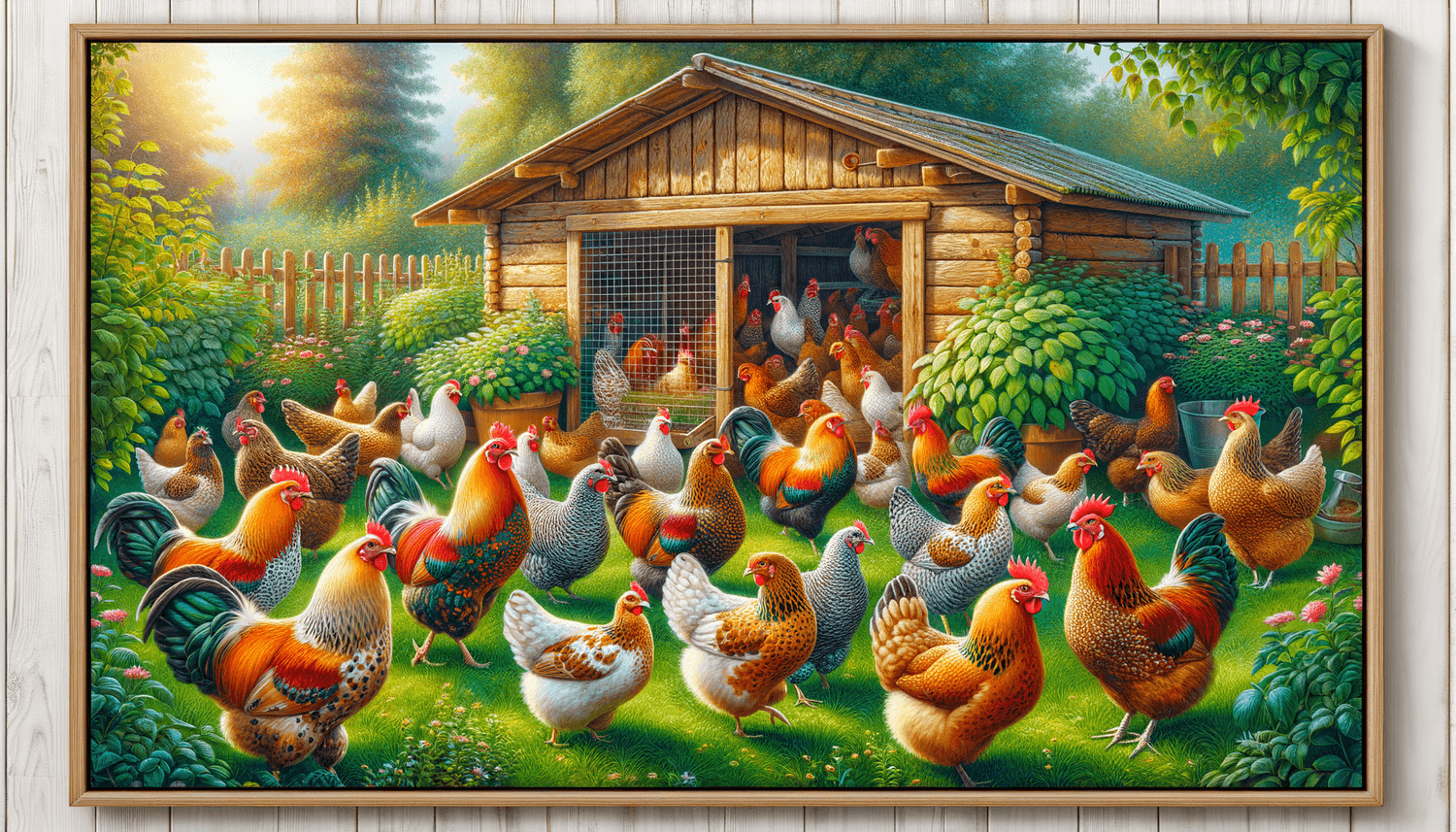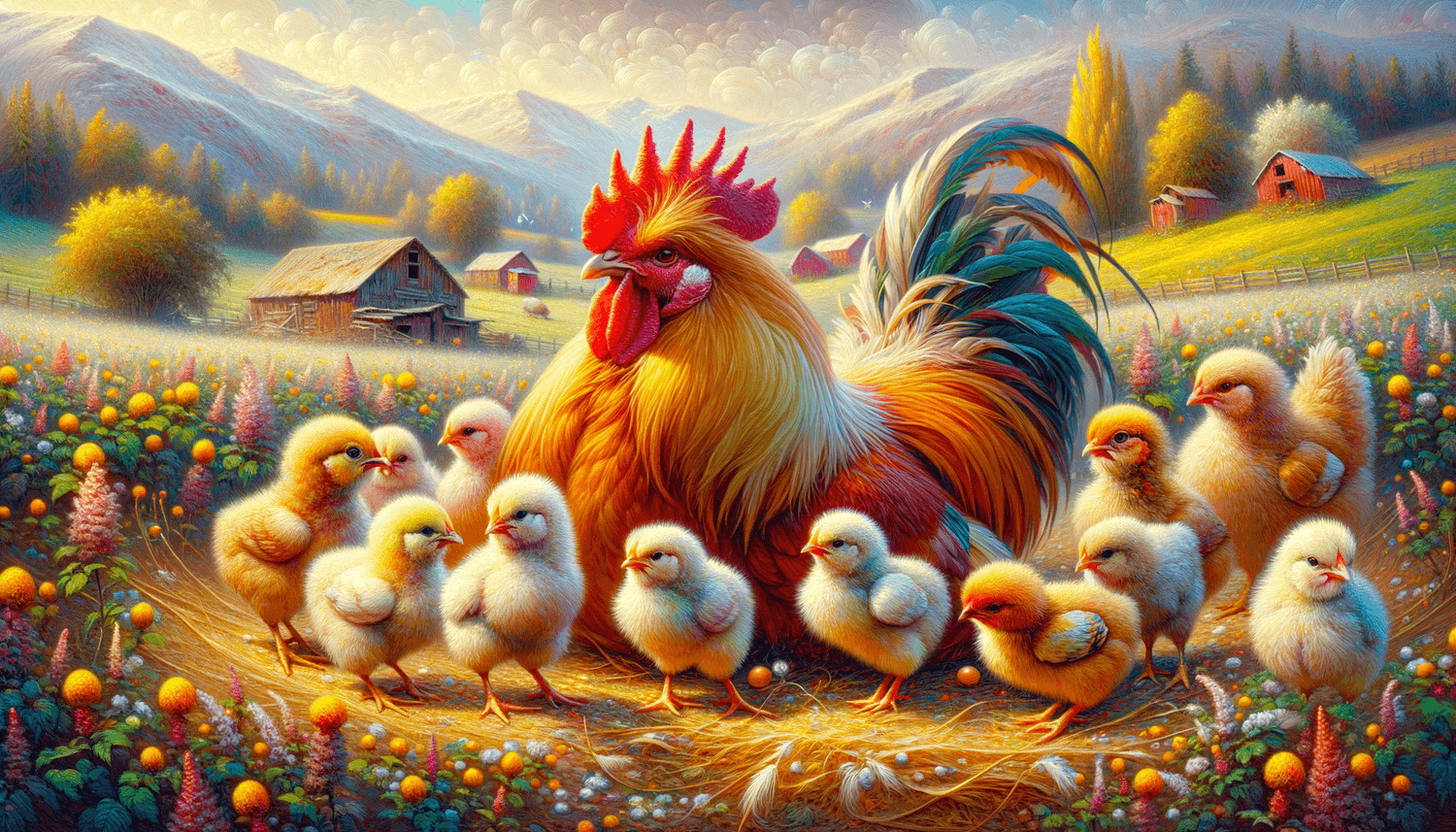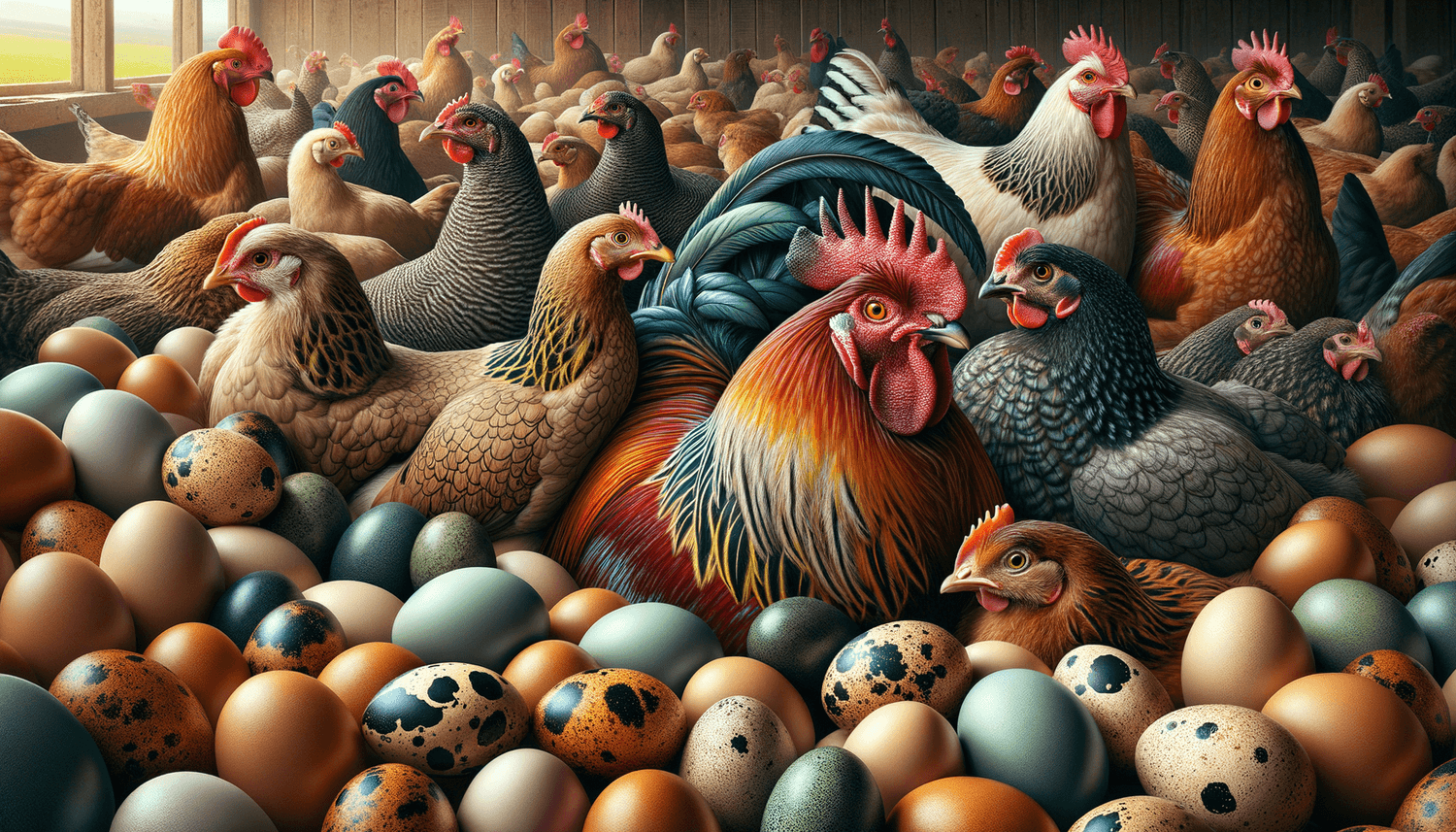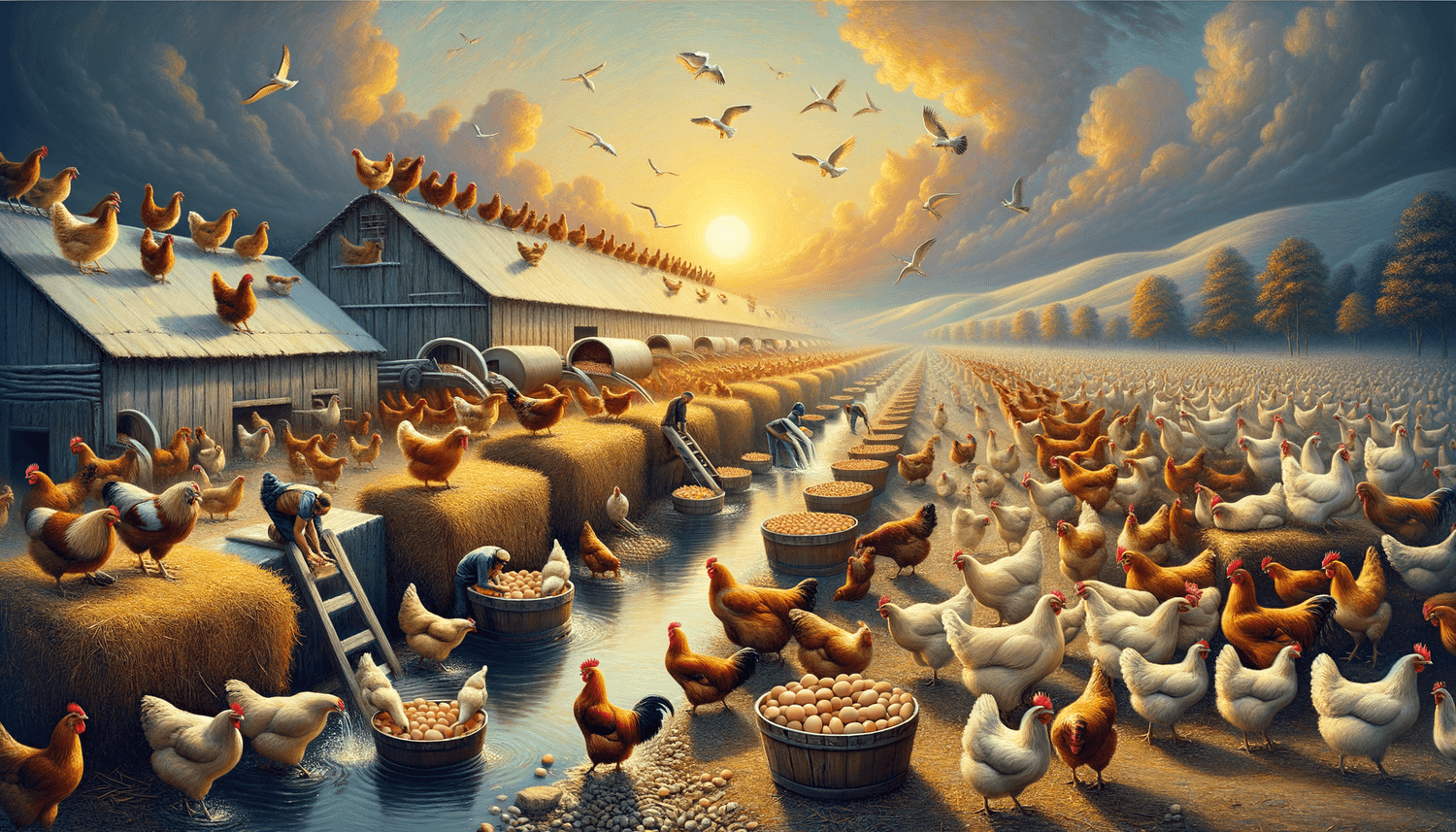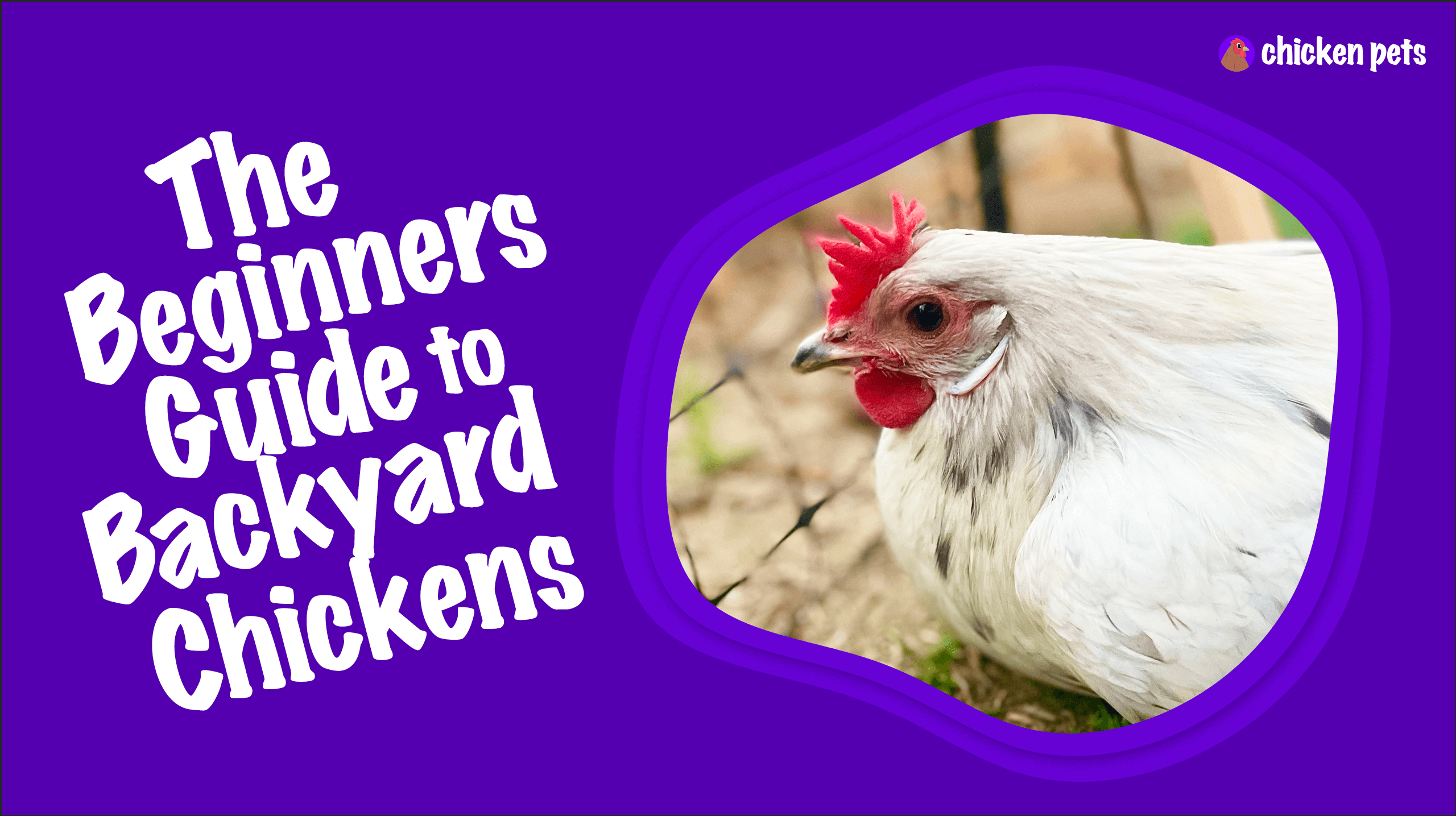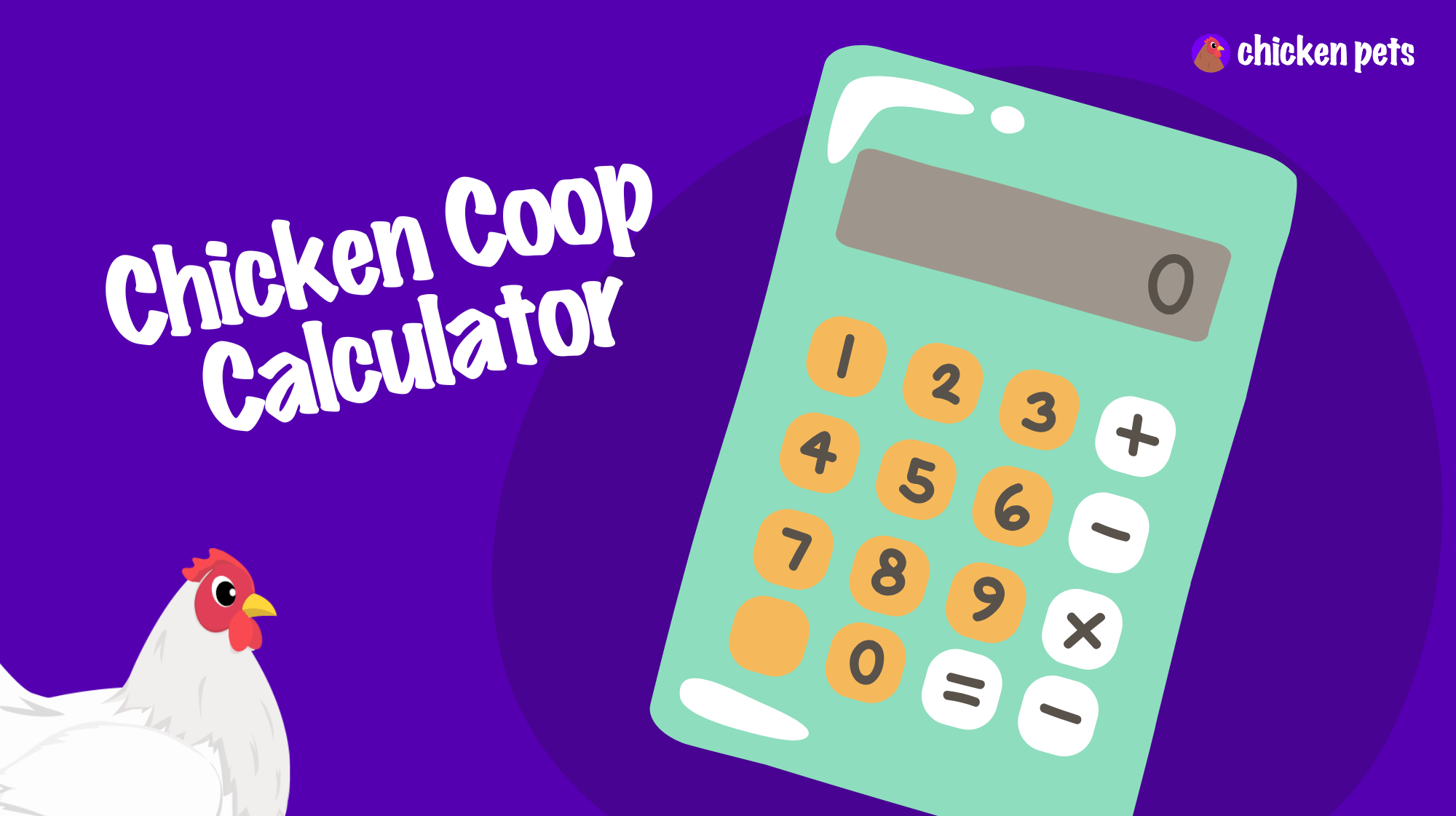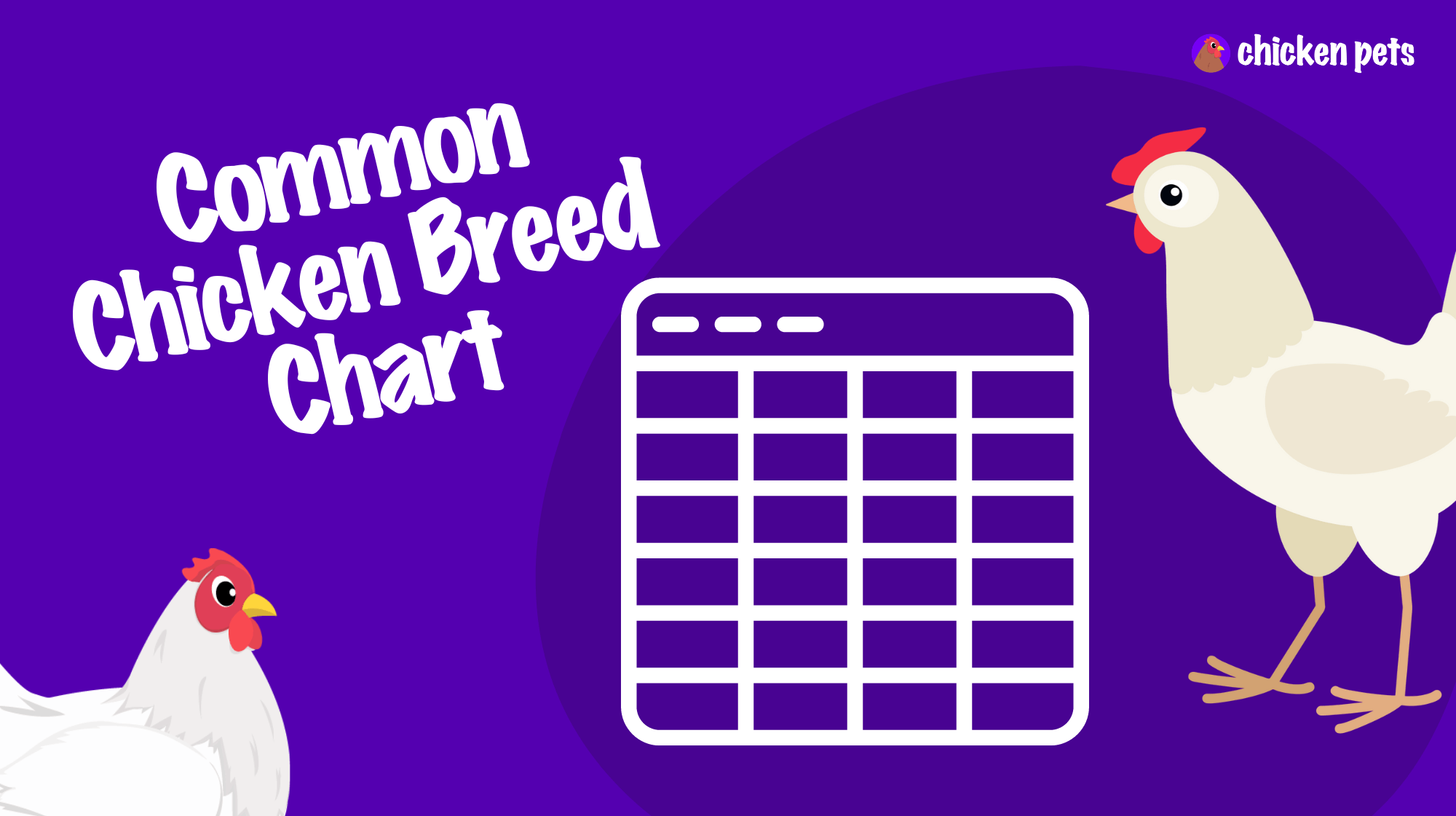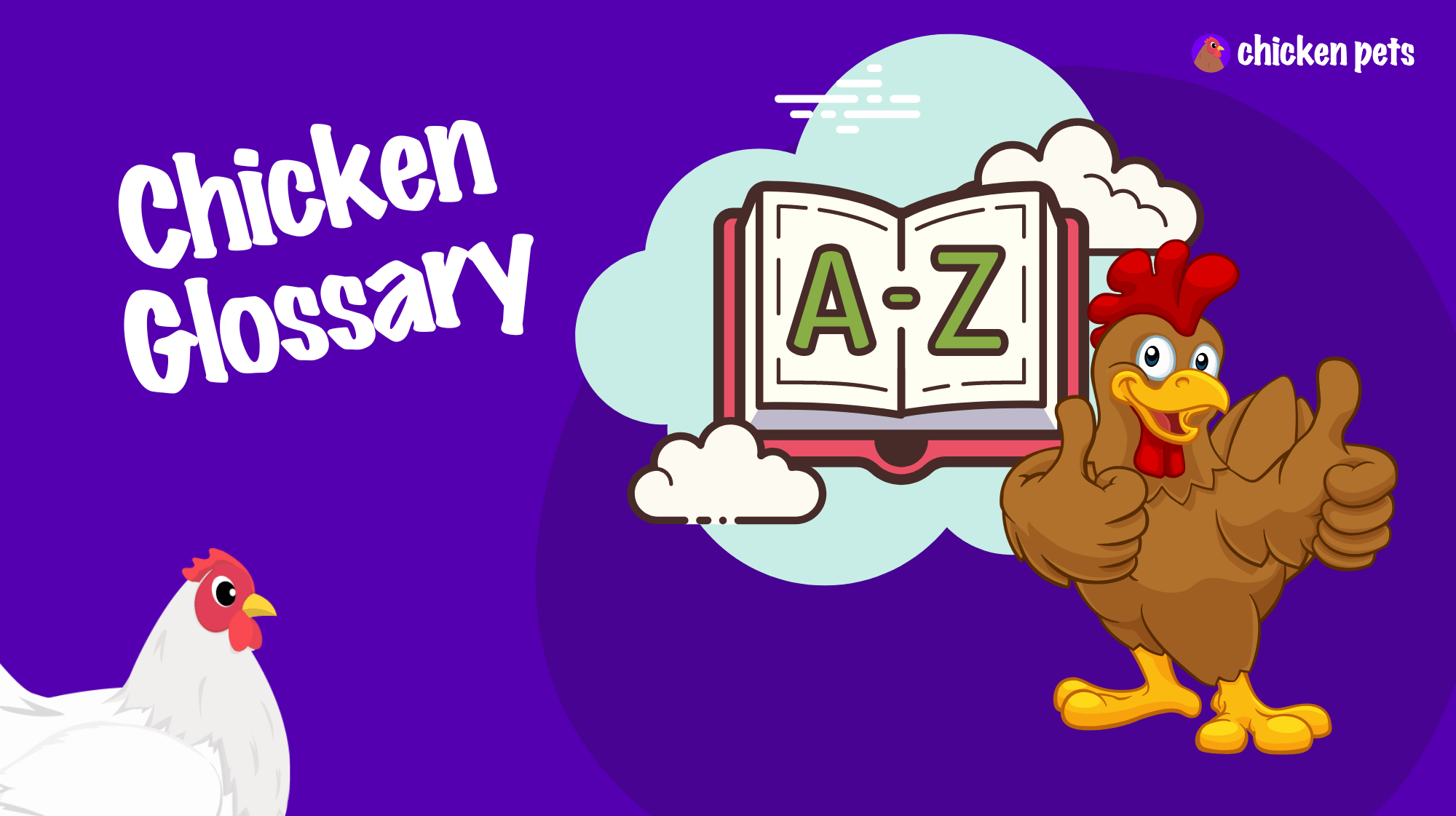Definition of Dewlap
The Dewlap refers to the loose, fleshy fold of skin hanging below the neck or throat region, seen in certain breeds of chickens and other poultry. In chickens, the Dewlap is more prominent in breeds such as the Orpington, Brahma, and Langshan, contributing to their distinctive appearance. This anatomical feature is primarily for display and has no significant impact on the overall health or productivity of the bird.
Importance of Dewlap for Backyard Chicken Owners
Understanding the significance of the Dewlap in chickens can be helpful for backyard chicken owners and enthusiasts in terms of breed identification and characteristics. As the Dewlap contributes to the appearance of certain chicken breeds, recognizing this feature allows owners to better know their flock and appreciate the unique qualities of various breeds.
While the Dewlap does not affect a chicken’s health or productivity, chicken owners should monitor it for any signs of irritation or infection. The skin fold may become an area where dirt or debris accumulates, increasing the risk of infection if not properly cared for. Monitoring a chicken’s Dewlap and keeping their living environment clean will assist in maintaining the overall health and well-being of the bird.
How the Dewlap Works in Chickens and Poultry
The Dewlap is essentially an anatomical structure found in certain breeds of chickens and other poultry. Its development is determined by genetics and varies in size and prominence among different breeds. While the exact purpose of the Dewlap is not completely understood, some theories suggest that it may play a role in mating displays, thermoregulation, or communication within a flock.
In chickens, where the Dewlap is most prominent, it is considered a breed characteristic that enhances a bird’s overall appearance. During the mating season, a more pronounced Dewlap may provide a potential mate with visual cues signaling fertility, health, or genetic robustness. Despite these theories, the presence of a Dewlap does not change the functioning or performance of the bird in any considerable manner regarding egg production or general health.
Practical Application of Dewlap Information for Backyard Chicken Owners
Knowing about the presence and characteristics of a Dewlap can help backyard chicken owners in the following ways:
- Breed Identification: Recognizing a Dewlap can be useful in identifying specific breeds within a mixed flock, enabling owners to better understand the unique traits and care requirements associated with each breed.
- Health Monitoring: As the Dewlap can accumulate dirt or debris, it’s essential to frequently inspect the area for any signs of irritation, infection, or parasites. Monitoring the condition of the Dewlap can be an important aspect of flock health maintenance.
- Grooming: In some cases, the Dewlap may require occasional cleaning or grooming to prevent health issues or discomfort for the bird. Ensuring that chickens have access to dust baths and clean living conditions can help keep the Dewlap area clean and healthy.
- Appreciation of Chicken Behaviors: Observing the potential roles of the Dewlap during mating or socializing can provide backyard chicken owners with better insights into the behavior and communication of their flock.
In summary, understanding the presence and characteristics of a chicken’s Dewlap allows backyard chicken owners to better care for their flock, promoting overall health and well-being, and providing a deeper appreciation for each bird’s uniqueness.
Tips & Recommendations for Managing Dewlap in Your Flock
For optimal chicken care and management of the Dewlap in your backyard flock, consider the following tips and recommendations:
- Regular Inspections: Periodically examine the Dewlap on each chicken to ensure it is clean and free from irritation or infection. Routinely monitoring the condition of the Dewlap contributes to the overall health of your birds.
- Appropriate Grooming: If necessary, gently clean the Dewlap area to remove dirt or debris buildup. Using a damp cloth or soft brush can help maintain cleanliness without causing discomfort to the bird.
- Proper Housing and Bedding: Ensure that your chickens have access to clean and dry housing with suitable bedding materials, as a clean environment will reduce the likelihood of the Dewlap becoming soiled or infected.
- Dust Bath Provision: Supplying a designated dust bath area will assist your backyard chickens in keeping themselves clean and parasite-free. A dust bath aids in maintaining the cleanliness of the Dewlap and other skin folds.
- Temperature Management: Although the Dewlap is not primarily purposed for thermoregulation, it’s essential to maintain a comfortable environment for your flock, particularly during extreme weather conditions. Provide adequate shade, ventilation, and access to clean water for your chickens.
- Education and Breed Selection: If you’re considering adding more chickens to your flock or starting a new one, take the time to learn about the various breeds that possess Dewlaps. By understanding their unique characteristics and requirements, you can make informed decisions about which birds will best suit your backyard chicken-keeping goals.
Following these tips and recommendations will ensure a well-cared-for and productive backyard flock, while also allowing you to appreciate the distinctive appearance and features of chickens with Dewlaps.
Additional Information on Dewlap
While much has been discussed regarding backyard chickens, it’s important to recognize that the Dewlap is also present in various poultry species and used differently. Here is some additional information relating to the Dewlap in chickens and other poultry:
- Geese: Domestic geese, such as the Toulouse and African breeds, have a large, fleshy Dewlap. In geese, the Dewlap serves primarily as an ornament and contributes to their aesthetic appeal. Similar to chickens, it’s essential to monitor their Dewlap for any health issues or infections.
- Heritage Chicken Breeds: The Dewlap is featured in some heritage chicken breeds, such as the Malay, which is known for its impressive size and large Dewlap. If you’re interested in preserving rare or heritage breeds, consider learning more about chickens with distinctive characteristics like the Dewlap.
- Show Quality: In some cases, the appearance and condition of a chicken’s Dewlap may play a role in determining its show quality. If you are considering showing your chickens, familiarize yourself with breed standards to better understand how the Dewlap contributes to your bird’s overall presentation.
- Nutrition and Growth: Although not directly related to the Dewlap, proper nutrition plays a vital role in the development of all parts of a chicken’s body. Ensure that your birds receive a balanced diet to support healthy skin, plumage, and comb growth, in addition to the Dewlap.
By familiarizing yourself with the broader role of the Dewlaps in different poultry species and understanding their significance beyond backyard chickens, you can better appreciate the diverse forms and functions that this distinctive feature offers across various bird breeds.
Frequently Asked Questions about Dewlap
For those interested in learning more about the Dewlap in chickens and poultry, here are some frequently asked questions addressing common concerns and topics related to this unique anatomical feature:
1. Do all chicken breeds have a Dewlap?
No, not all chicken breeds have a Dewlap. The Dewlap is more prominent in some breeds, such as the Orpington, Brahma, and Langshan, while it may be less noticeable or absent in others.
2. Does the Dewlap serve any purpose in chickens?
The exact purpose of the Dewlap in chickens is not fully understood. Some theories suggest that it may play a role in mating displays or communication within a flock. However, the Dewlap does not significantly impact a bird’s overall health or productivity.
3. Can the Dewlap be removed if it becomes a problem?
It is generally not advisable to remove a chicken’s Dewlap unless it poses a dire health risk, such as a severe infection that cannot be resolved with other treatments. If you have concerns about the Dewlap, consult with a veterinarian experienced in avian care for guidance.
4. How do I take care of a chicken with a large Dewlap?
For chickens with large Dewlaps, ensure their living environment is clean and that they have access to dust baths for self-grooming. Periodically inspect the Dewlap for signs of irritation, infection, or parasites, and provide proper grooming if necessary.
5. Do other poultry species have Dewlaps?
Yes, other poultry species such as domestic geese can also have Dewlaps. Similar to chickens, the Dewlap in geese serves as an ornament and contributes to their aesthetic appeal. Geese owners should also monitor their birds’ Dewlaps for health issues or infections.
6. Will a chicken with a Dewlap require special nutrition or care?
Generally, chickens with a Dewlap do not require any special nutrition or care aside from routine flock management practices. However, maintaining a clean environment, providing a balanced diet, and monitoring their health are essential for all chickens, regardless of whether they have a Dewlap.
7. Can a male chicken have a Dewlap?
Yes, both male and female chickens can have a Dewlap depending on the breed. The presence and size of the Dewlap will vary among individuals and can be influenced by their specific genetics.


